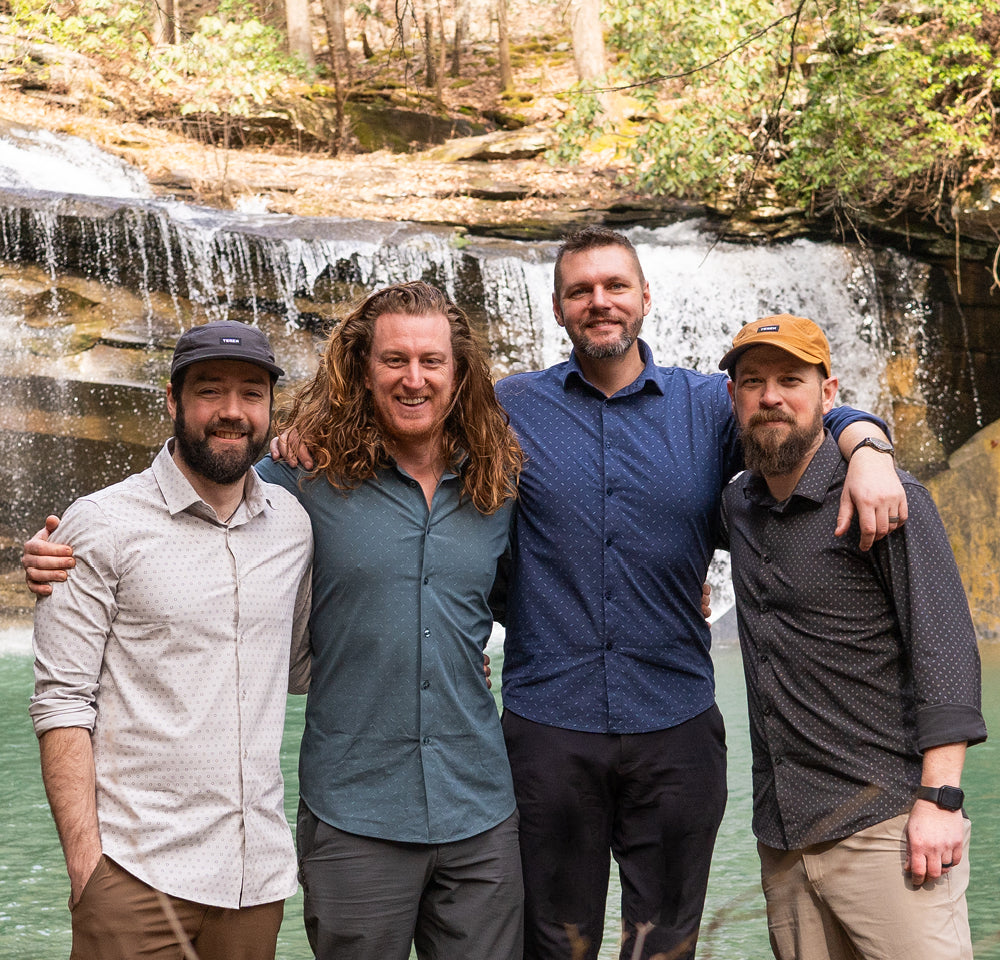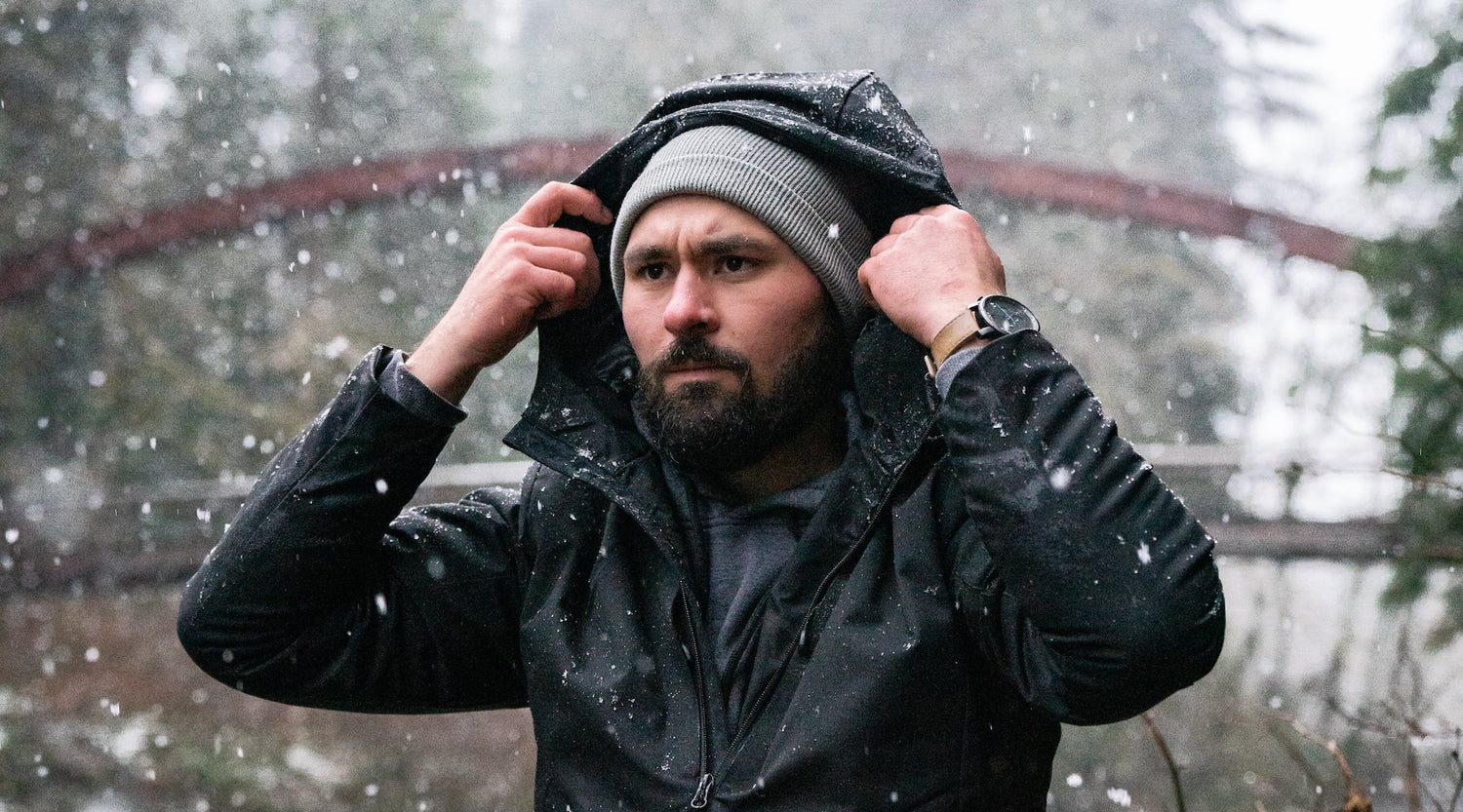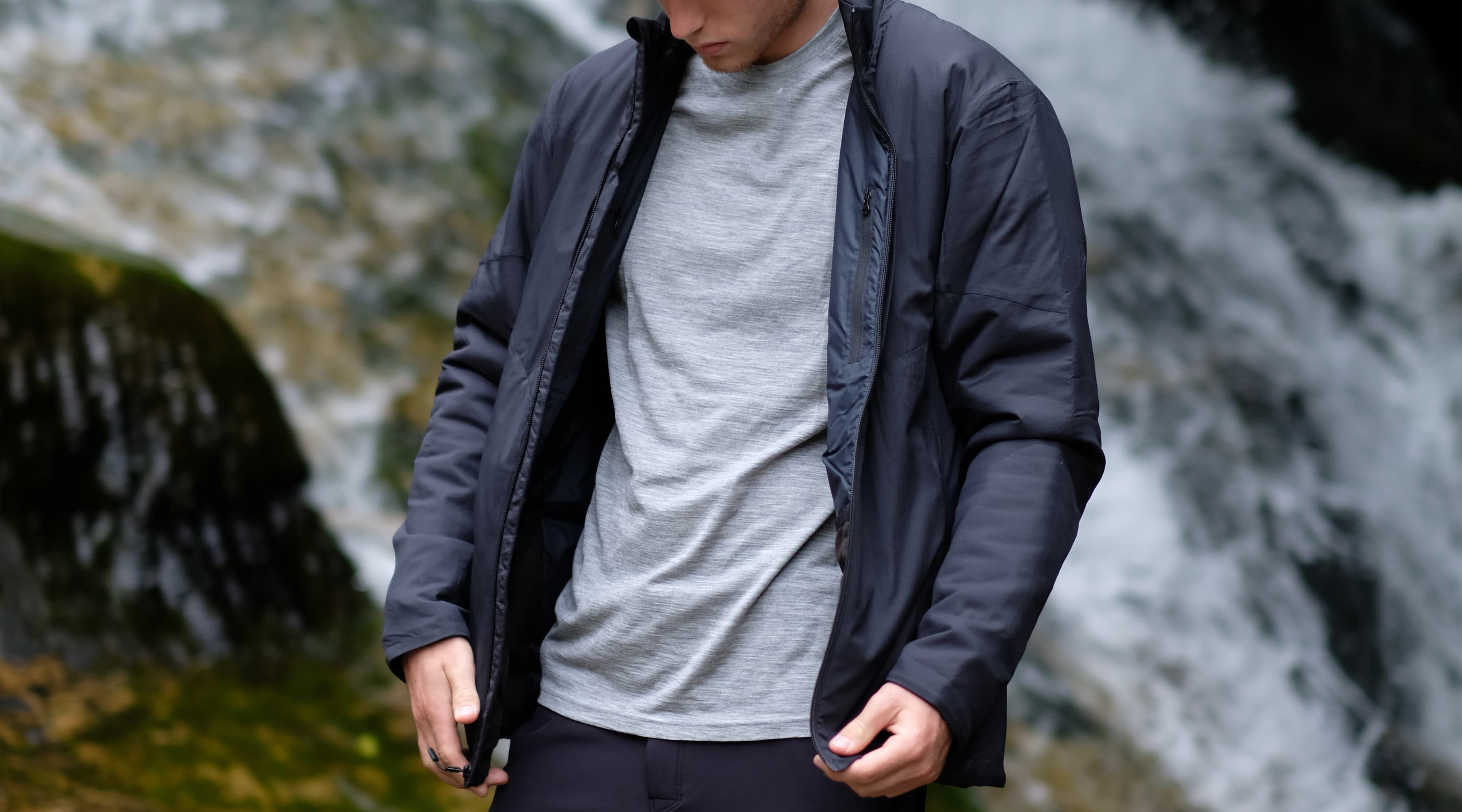There’s nothing worse than heading out on a great adventure and freezing your butt off because you didn’t dress right. Whether you're hiking the backcountry, gathering around a campfire, or braving unpredictable weather on a weekend camping trip, understanding how to regulate your body temperature is key to staying warm, comfortable, and, most importantly, having fun. So, let’s break down the science of staying warm like a true outdoor adventurer, with just the right touch of nerdy know-how.
1. It’s All About Layers, Layers, Layers
You’ve probably heard it a million times: layers are the key to staying warm. But it’s not just about throwing on every jacket in your closet. There’s a smart way to layer up that will keep you warm without turning you into a sweaty mess the minute you start moving.
-
Base Layer: This is your moisture-wicking layer. Think lightweight, breathable fabrics that draw sweat away from your skin (because shivering in sweat-soaked clothes is no one’s idea of fun). And for this, we recommend our Traveler Tee . Made from 100% merino wool, this tee is your go-to base layer for any adventure. Merino wool naturally regulates body temperature, wicks moisture, and fights odor, making it perfect for everything from high-energy hikes to chilling by the campfire. Plus, it’s soft, not scratchy, so you’ll feel comfortable all day long.
-
Mid-Layer: Now we’re talking warmth. Your mid-layer is all about trapping heat close to your body, making fleeces or down jackets ideal options. Fleece is lightweight, breathable, and provides excellent insulation while still allowing moisture to escape. Our Daily Driver Fleece is perfect for adding warmth without bulk as you move through various conditions on your adventure.
- Outer Layer: This is your protective shield against wind, rain, snow, and whatever else the outdoors throws at you. For this, you want something both waterproof and windproof, and the Campfire Puffy does the job brilliantly. Not only is it insulated for warmth, but it’s also waterproof, making it the ultimate outer layer. Whether you're hiking through unpredictable weather or sitting by a campfire, the Campfire Puffy will keep you protected, warm, and looking good, no matter the conditions.
Pro Tip: Don’t forget, layering isn’t just for the outdoors. Our Campfire Puffy has such a clean, sleek design that you can wear it from the mountains to the local brewery without looking like you just hiked ten miles (unless that’s your vibe).
2. Stay Dry to Stay Warm
The moment you start sweating, or worse, get wet from rain or snow, your body temperature can drop fast. That’s why staying dry is crucial for staying warm. This is where materials come into play: moisture-wicking base layers and waterproof outer layers are your best friends.
And here’s the thing: we’ve tested this out the hard way. The Campfire Puffy is not only insulated and windproof but also waterproof, which means it’s made to handle the unpredictable elements that outdoor adventurers encounter.
But let’s break it down a bit: there’s a big difference between waterproof and water-resistant. Many outdoor jackets are only water-resistant, meaning they can handle light rain or drizzle for a short period. However, in extended exposure to rain, snow, or heavy downpours, a water-resistant jacket will eventually let moisture seep through, leaving you cold and wet—definitely not what you want during a hike or around camp.
On the other hand, a waterproof jacket like the Campfire Puffy has a fully sealed exterior with a waterproof membrane that prevents water from penetrating the fabric, even in heavy rain or snow. This makes all the difference when you’re out in the elements for hours at a time. Staying dry is crucial for comfort and safety in the outdoors, and that’s why waterproof gear is always the smarter choice for longer or more intense adventures.
For more detailed information on the difference between waterproof and water-resistant gear, check out this guide on outdoor gear waterproofing from REI.
Pro Tip: If you’re heading out on a big hike or winter campout, bring an extra pair of socks. Wet feet are a fast track to a miserable cold.
3. Fuel Your Fire (Literally and Figuratively)
Your body needs fuel to keep warm, and that means food and water. When you’re out on an adventure in the cold, your body burns more calories to maintain its temperature, so make sure you’re eating regularly and staying hydrated.
What you eat matters too—aim for high-energy, high-fat snacks like nuts, cheese, and chocolate to keep your internal furnace stoked. It’s like throwing a log on the campfire to keep it burning all night.
Did you know that your body loses heat faster in cold weather when it’s dehydrated? Staying hydrated is just as important as fueling up, so don’t skimp on the water. This article from the CDC provides useful insights into the importance of hydration and nutrition during cold weather activities.
Pro Tip: Hot beverages are your secret weapon. A thermos of hot coffee, tea, or soup will not only warm you up from the inside but also give you the extra boost to power through those chilly days.
4. Mind the Gaps
Your head, hands, and feet are where you lose heat the fastest, so don’t forget to cover them up. A good hat, gloves, and thick socks will keep those extremities cozy.
And speaking of keeping your head warm, the Campfire Puffy has you covered—literally. Its helmet-compatible yet adjustable hood is designed to provide maximum versatility. Whether you’re wearing a helmet for protection while scaling a rock face or just tightening the hood to block out cold winds, this jacket ensures your head stays toasty and protected. It’s all about battening down the hatches when the weather turns nasty, giving you the flexibility to adjust the hood based on your activity and environment.
Pro Tip: Bring an extra pair of gloves if you're going to be around fire or water. Wet gloves = cold hands = miserable adventuring.
5. Get Moving, But Don’t Sweat It
Movement generates body heat, so if you’re feeling chilly, get your blood pumping with some light activity. Hiking, chopping wood for the fire, or even a quick dance around the campsite can warm you up fast. Just don’t overdo it—you don’t want to start sweating because that’ll cool you down fast when you stop moving.
Incorporate some short bursts of activity throughout the day to maintain warmth, but always listen to your body.
Pro Tip: If you’re camping, a little pre-bed jumping jacks session can warm you up just enough to fall asleep comfortably in your sleeping bag. Bonus: You won’t wake up shivering in the middle of the night. Learn more from Mount Sinai about how to protect yourself from cold weather injuries like hypothermia.
Final Thoughts: Warmth is a Smart Game
Staying warm in the great outdoors isn’t rocket science, but it does require a little planning and the right gear. Whether you’re scaling a mountain or sitting by a fire with friends, the right layers, dry gear, and a smart fuel strategy will keep you comfortable on your next adventure.
And hey, next time you’re sitting by the campfire and sparks start flying, you can relax knowing that the Campfire Puffy Jacket has got you covered—literally. Because when you’re smart about how you layer up, you don’t just stay warm—you stay ready for whatever adventure comes next. Even if that adventure is just finding the nearest brewery after a day in the wild.
Remember: Stay warm, stay dry, and if all else fails—eat more chocolate.









